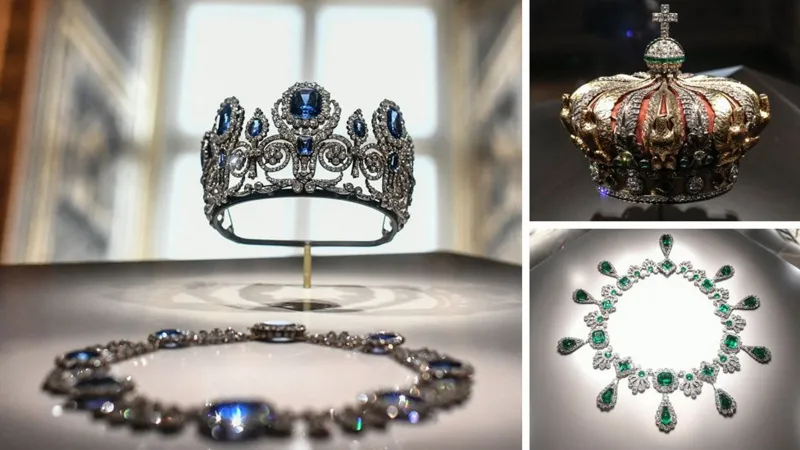The recent theft of priceless royal jewels from the Louvre Museum in Paris has shocked France and the global art community. Four masked thieves reportedly stole eight sets of jewels, including the French Crown of Napoleon’s era. Yet experts say selling them will be nearly impossible, as the treasures are now world-famous and under intense international scrutiny.
Why Target the Crown Jewels?
Many have questioned why the robbers risked such a daring heist. Was it merely the thrill of robbing the world’s most renowned art museum, or does the theft point to something deeper?
According to Fabian Kahl (34), a seasoned art dealer, two scenarios are likely:
“There are really only two explanations — either a private collector commissioned the theft to expand their secret collection, or the jewels will be dismantled: stones removed, gold melted down, and sold on the black market,” Kahl explained.
A Case Reminiscent of Dresden’s Green Vault Robbery
Art crime expert Dr. Haidrun Wietler (69) drew parallels to the 2019 Dresden Green Vault robbery in Germany, where members of the Remmo clan broke into the royal museum and stole priceless historical jewelry.
“This case reminds me strongly of Dresden,” she noted. “The stolen pieces were destroyed, gems extracted, and many of them were never recovered.”
In Dresden’s case, several artifacts were later returned through a legal settlement — heavily damaged, and some pieces, such as the ‘Saxon White’ diamond (50 carats) belonging to Prince August der Starke (1694–1733), remain missing to this day.
Can the Stolen Jewels Be Sold?
Experts say the chances of reselling Napoleon’s jewels are extremely slim.
“An experienced eye can easily recognize the origin of such gems,” Dr. Wietler explained. “Older stones have distinct cut patterns. Since the 1920s, modern mathematical cutting techniques have been used to optimize brilliance — but 19th-century cuts, like those from the Napoleonic era, are instantly recognizable.”
The stolen pieces include the crown once worn by Empress Eugénie (1826–1920), Napoleon III’s wife, who lost it during her flight from France. Crafted in the 19th century, these jewels are considered irreplaceable artifacts of European heritage.
The Louvre Heist: How It Happened
The robbery occurred on Sunday morning, while the museum was already open to visitors. The four masked men entered through a freight elevator and reached the world-famous Galerie d’Apollon on the first floor — home to France’s royal treasures — before escaping with the jewels in a matter of minutes.
French authorities have described the incident as “the theft of the century”, with investigations ongoing. Law enforcement across Europe is now collaborating through Interpol to trace the missing royal artifacts.







